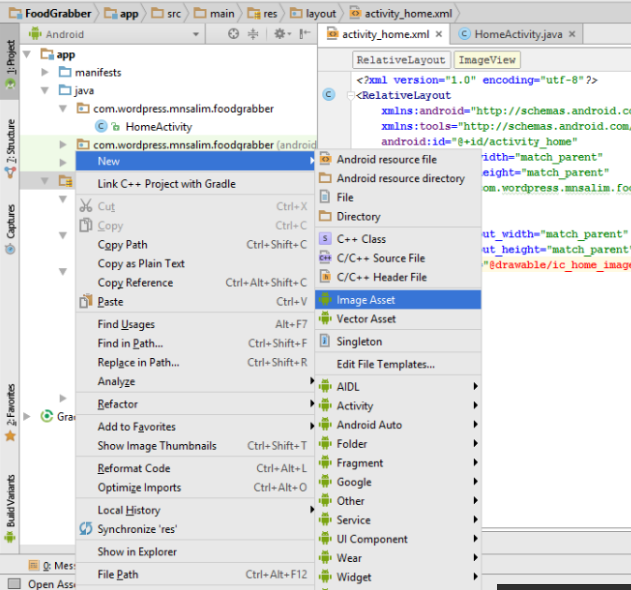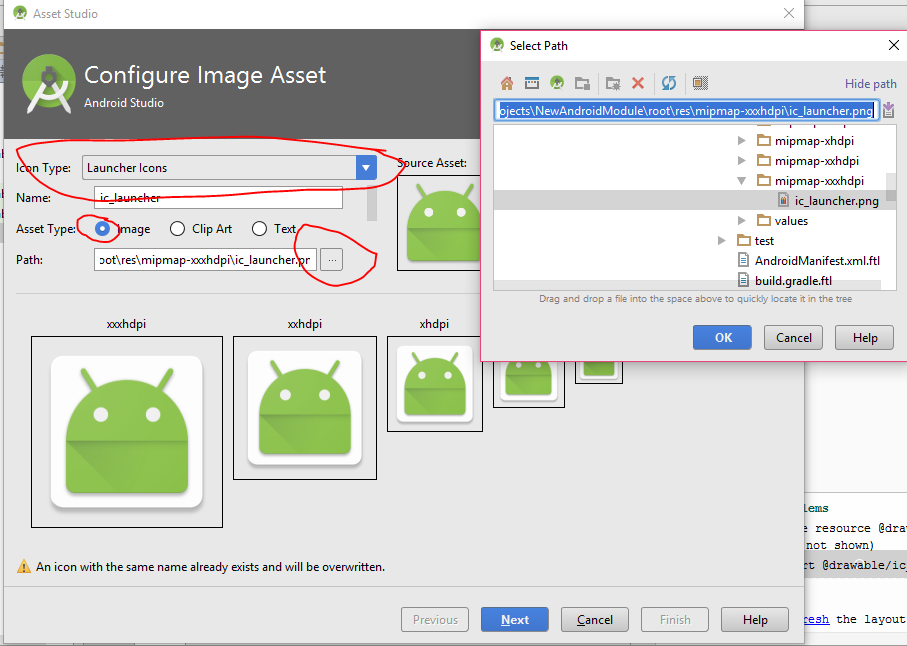In Concordia University, Masters or Ph.D. students even the faculty members need to travel for attending conferences or events and pay from their own pockets. Concordia then reimburses their payment. The reimbursement process is described below.
Step 1: Go to the my concordi.ca and then choose “Continue to the new website”

Login using the Employee Netname and Password

2nd Step: Scroll a bit down and select “Unity” from your homepage

3rd Step: from unity home page select “My Expense Report”
NB: In this step you have to log in again to your employee account using multifactor authentication.

4th Step: You will be redirected to concursolution home page. Click on “+” button and then select “start a report” to begin

5th Step: Fill up the form with appropriate information.

Description of the form:
1. Report Name: Any name withing word limit
2. Business purpose: Write the purpose
3. Travel Category: Select appropriate one. I selected External Event as I was attending conference online.
4. Cost Object Type: Ask the professor for the appropriate code.
Cost Center (CC) is used for departmental fund
Internal Order is used for External Research Grant
WBS is used for other complex purpose.
Check this document for details: https://hub.concordia.ca/content/dam/cspace/projects/unity/APPROVED-UNITY-Whatcostobject.pdf
5. Comment is optional
Click on Next button:

If you have an intinerary, input them, otherwise select “NO”

6th Step: Select Expense Type. I have selected Registration Fees

Input the required information in the given form. If you paid your expense other than CAD select the appropriate currency.

Select the exact conversion rate of the payment date. You will find it in your bank statement.
Click on Save Button.

7th Step: Attach Receipts: To attack receipts click on “Attach Recipt” Button below. It will show you the optio to upload receipt. Then click on attach.
NB: If you want to add multiple documents as the proof of payment. You need to attack one file then click on the “Save” Button and then again click on the “Attach Receipt” button and repeat the process.

8th Step: Allocate and check: Click on the Allocate Button and check whether the given grant name and code is OK or not.
Click on “Save” and then click on “Done”

9th Step: Submit: Click on the “Submit Report” Button to submit the report

You can save the report by clicking “Print *Concordia Report Detailed”
and then click on the “Accept & Submit” button.

NB:
- Unity Cost Object finder tool: You can use the provided tool at the below link to find appropriate code.
https://hub.concordia.ca/carrefour/projects/digital/unity/resources/cost-object-finder-tool.html

The tool is an excel file which you need to download manually. It look like this:

Thanks for passing by.
References:





First ,one must be specific in choosing what area in computer science to work on.
second , it is better to choose topic which might cover real life problem in computer applications.
Third, it is worth to choose subjects which have as much as possible references and previous work.
Some times it is possible to choose topic to start work from the point when it is ended by other researcher , i.e to cover new topics in old one.